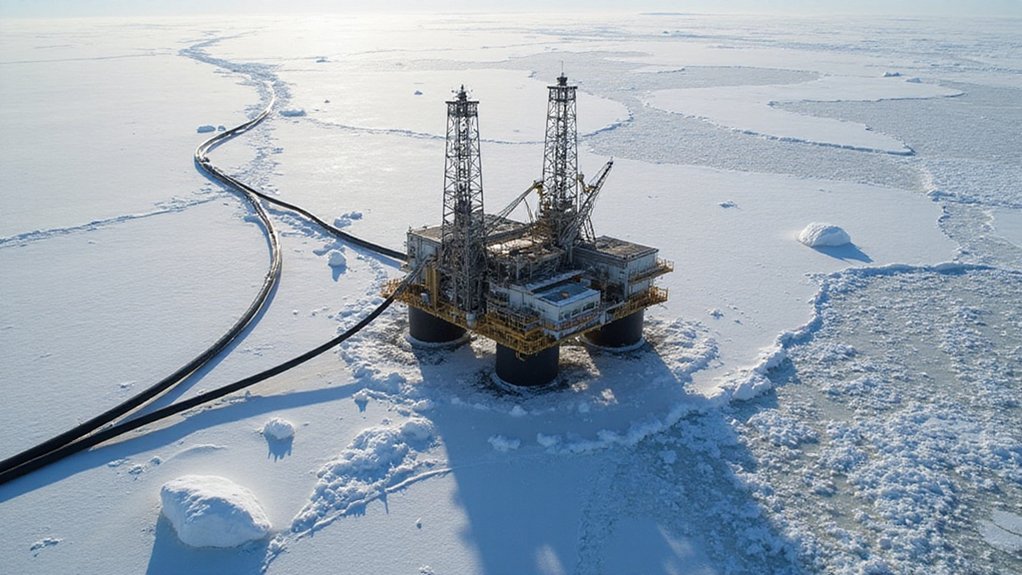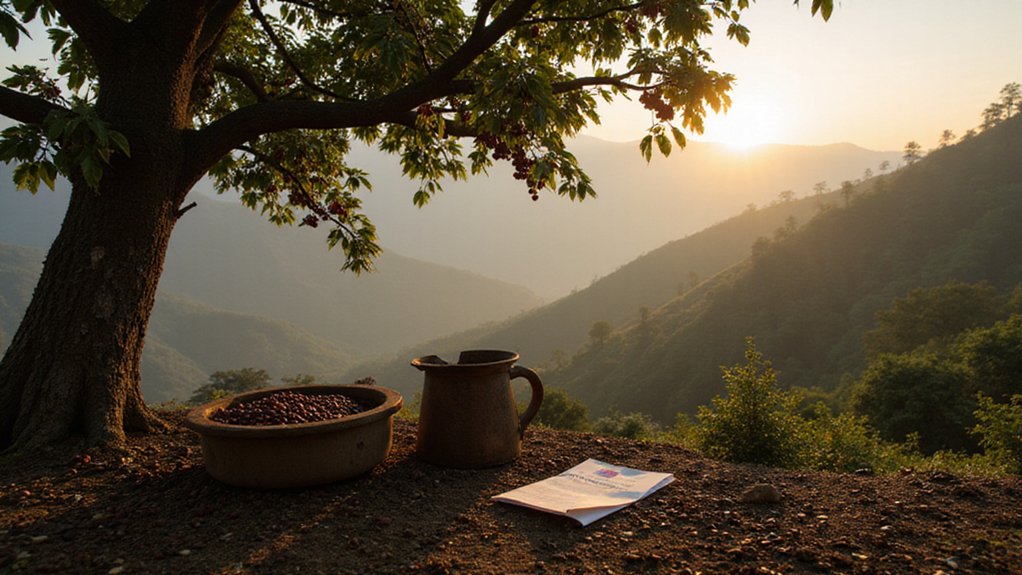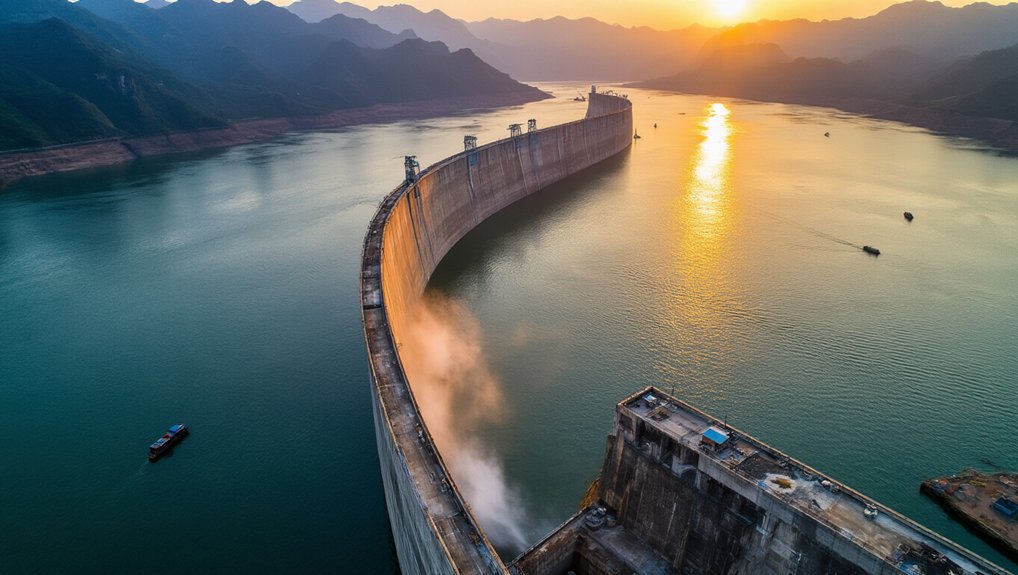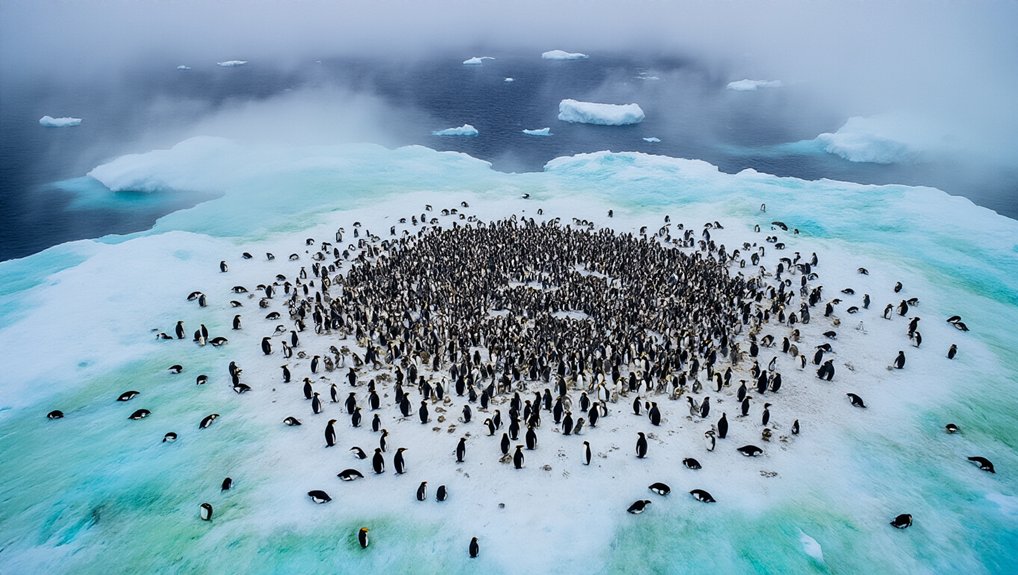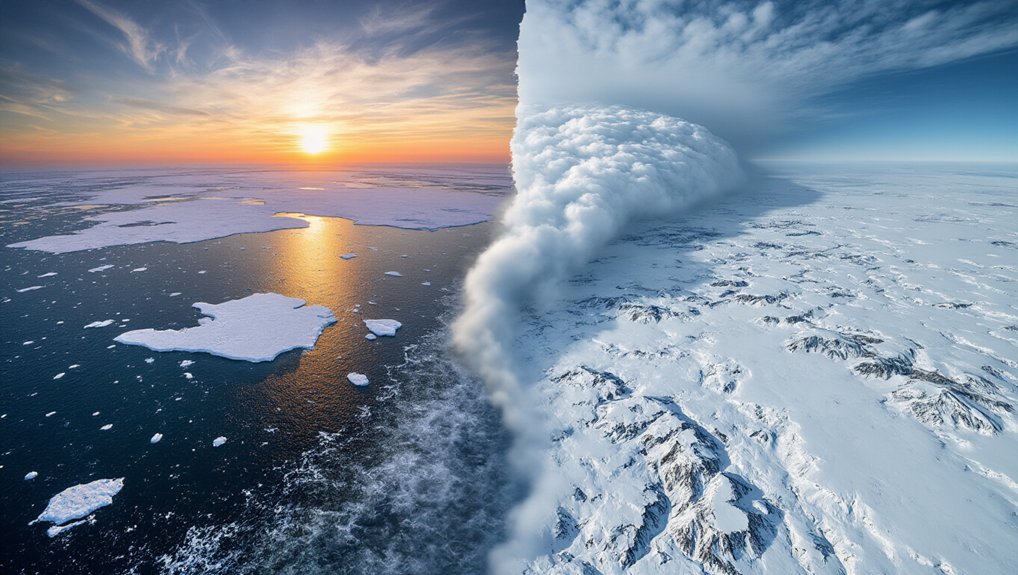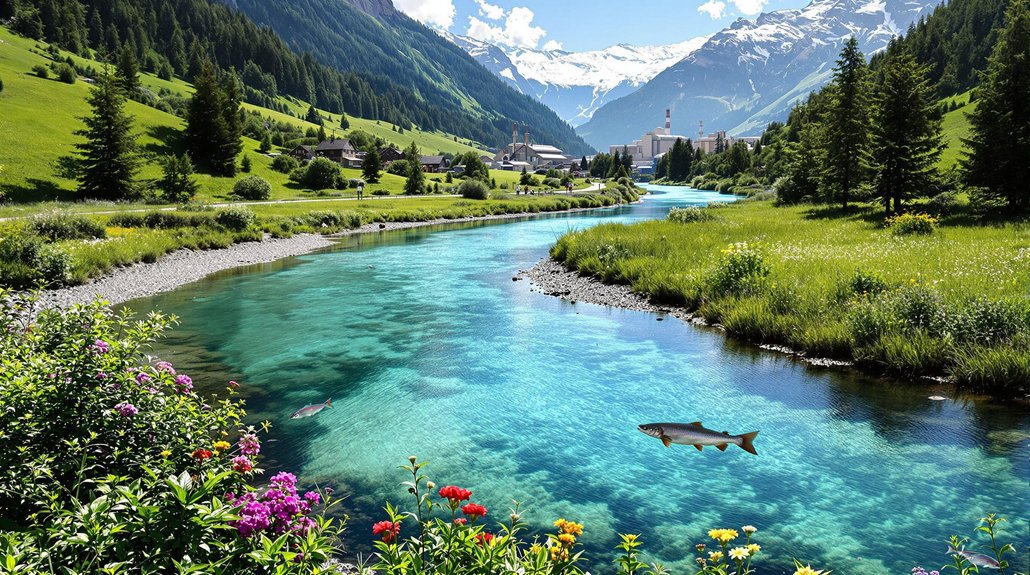Arctic resource extraction represents a high-stakes gamble with disastrous potential. Despite holding 22% of undiscovered oil and gas reserves, operations require break-even prices of $78.6 per barrel. Yikes. Indigenous communities face disruption of ancestral lands while ecosystems suffer irreparable damage. Nations talk climate commitments, then approve drilling. Classic hypocrisy. The Arctic’s role as a climate regulator makes this more than just another environmental battleground—it’s the whole game.
Countless resources lie hidden beneath the Arctic’s icy surface, now increasingly up for grabs as climate change melts away natural barriers. It’s a treasure chest of opportunity—or so the extraction companies would have us believe. The Arctic holds about 22% of the world’s undiscovered oil and gas reserves. That’s a lot. But at what cost?
The motivations are clear enough. Strategic access has improved as ice melts and permafrost softens. Companies see dollar signs. Governments see energy security. And yes, technological advancements have made extraction more feasible than ever before. But feasible doesn’t mean sensible.
Here’s the kicker: Arctic extraction is ridiculously expensive. We’re talking about operations requiring break-even oil prices of $78.6 per barrel. In a volatile market? Good luck with that investment. These projects are basically expensive gambles in one of Earth’s harshest environments.
Meanwhile, Indigenous communities watch as their ancestral lands are carved up for profit. Traditional livelihoods? Disrupted. Cultural heritage? Threatened. But hey, progress, right?
The silent violence of progress—tearing Indigenous worlds apart while corporate balance sheets grow fat.
The environmental toll is staggering. Habitat disruption. Pollution risks. Accelerated permafrost thawing. It’s a vicious cycle—extracting the very resources that, when burned, will melt more ice and release more methane. Talk about shooting yourself in the foot. Communities like the Native Village of Elim show the powerful indigenous resistance movement against extraction projects that threaten vital resources like water and salmon.
Let’s not forget the marine life. Arctic waters are already changing rapidly due to warming. Add oil spills to the mix? Catastrophic. The United Nations has specifically created initiatives to address these concerns and protect the Arctic Marine Environment from further degradation.
Arctic nations talk a good game about their Paris Agreement commitments. Then turn around and approve drilling projects. Cognitive dissonance much?
Sure, there’s potential for jobs and economic stimulus. Local communities might see some benefits. But when the resources run dry—and they will—what’s left behind? Damaged ecosystems. Altered landscapes. Communities left to pick up the pieces.
The Arctic isn’t just a resource frontier. It’s a climate regulator, a cultural homeland, and one of our planet’s last relatively pristine environments. And we’re treating it like a going-out-of-business sale. The 2008 US Geological Survey estimated a staggering 90 billion barrels of oil reserves in the Arctic, fueling the dangerous rush for extraction.
References
- https://ace-usa.org/blog/research/research-environmental-policy/understanding-critical-resource-extraction-in-the-arctic/
- https://arctic.review/future/natural-resources/
- https://www.thearcticinstitute.org/the-arctic-institute-arctic-extractivism-series-2024-introduction/
- https://www.sciencedirect.com/science/article/pii/S0921800921003062
- https://en.wikipedia.org/wiki/Arctic_resources_race
